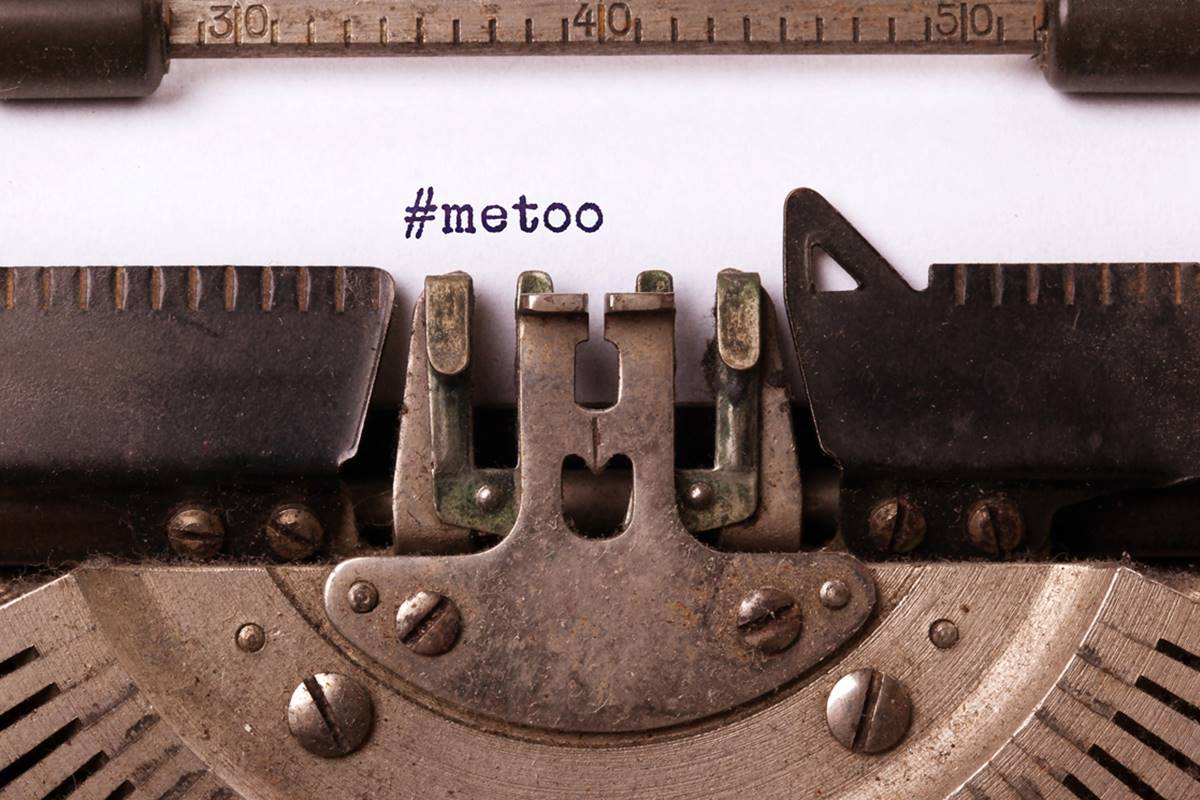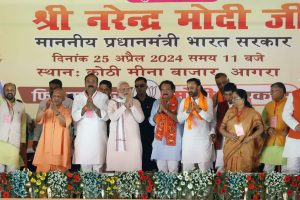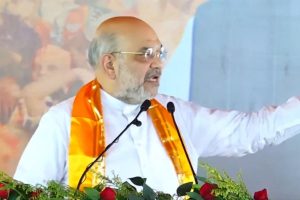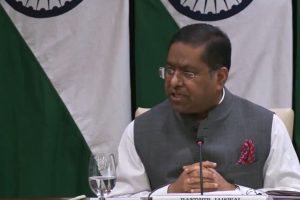Court Room No.1 of the Apex Court has been subject to intense public debate in recent times and mostly for the wrong reasons. But the process surrounding the alleged harassment of the ex-employee of the Supreme Court by the senior most judge of India (Chief Justice of India) on 11 October 2018 – has caused potentially irreparable damage to the one branch of government often considered to be a bastion of stability and independence in India.
The accusations of sexual assault against the CJI made by the alleged victim – so far unproven – are shocking and rightly should become subject of investigation. But the inevitable injection of politics into the hearings have played their own part in damaging the integrity of the highest court in the land as well. There seems to be parallels which can be drawn between the confirmation of Justice Bret Kavanaugh, present Supreme Court judge of the United States, and Chief Justice Ranjan Gogoi.
The importance of this case stems from the fact that the allegation is against the senior most judge and one of the highest constitutional functionaries in India. This issue comes up at a time when the dust of the ‘#MeToo Movement’ is not yet settled.
The implications of ‘#MeToo Movement’ on legal issues has not been tested in India. The movement has empowered many women who were the victims of unjust behaviour to come forward, although it has its own inequities by persecuting and often impacting accused without due process, or any process whatsoever. The court of public opinion quickly makes judgment. Due process is important for all parties, more so when the highest of constitutional functionaries are involved.
Before we begin, we need to take a cursory glance at the affidavit filed by the alleged victim. She was alleged to have been sexually harassed by the CJI, on at least two occasions and made victim of casual sexism a number of times. All this led to further allegations of attempt to silence and distort the story by regressive and high handed behaviour of certain people. When all things failed for the victim, she chose to approach a section of the media which the current executive, bureaucracy and judiciary seems to have locked horns with.
When these media houses choose to rattle the den by asking few questions on the issue to the new Secretary General of the Supreme Court, a reply was sent reflecting the official version of the events. On 20 April the Court took suo motu cognizance of the same and a bench headed by the CJI, the person against whom allegations are made, took up the matter.
The CJI justified his stand and stated that some larger forces were in play to deactivate him by making such allegations of sexual harassment. However, the final order of the Court does not reflect the name of CJI and a vague direction demanding journalistic restraint is passed. Such an order may be barely appropriate considering that the judiciary must lead by example in not causing chilling effect on the #MeToo movement by gagging orders on the media.
It is extremely sad to note that the Indian higher judiciary is passing through tough times for the past five years. There is no doubt that such times test our faith with constitutionalism, considering the continuous onslaught judiciary is sustaining every day. However, independence of the judiciary cannot be a carte blanche class privilege against each and every act of a judge.
The independence of judiciary speaks of independence for the judicial process and not of individual actions by the post holders. On the other hand, there is no gainsaying that judges are in an incredible position of power and authority in Indian society, therefore they should be held to a higher standard than most. If concerns of a breach of independence of judiciary exists, they must indeed be examined by an ‘Independent body of retired or sitting judges’, as the threat posed by such allegations have grave implications.
Having said that the issue of sexual harassment is separate and needs to be dealt separately. The intermixing of two aspects would definitely confuse the adjudicators in their examination. The aspect of existence of sexual harassment needs be investigated from a neutral perspective. Now before we take the issue of independence of judiciary any further, we must at this point observe certain things related to sexual harassment in general.
The existence of sex discrimination in employment is well documented. Those who are sexually harassed can experience severe harm in terms of their careers, personal finances, and mental health (Kreps, 1993; McCann and McGinn, 1992; Wagner, 1992). Discrimination can lead to lower overall productivity of an organisation’s work force. There is gainsaying that there have been prior instances within the Supreme Court, known and unknown, which have raised eyebrows for involvement of judges in such condemnable practices. As much as we want our Chief justice to establish his bona fides, we also want such assertions to be evaluated through due procedure established by law.
In the Vishaka Case and the Binu Tamta case, the Supreme Court itself has taken cognizance of such unhealthy practices and passed several guidelines. Moreover, a ‘Gender Sensitization and Internal Complaints Committee’ is set-up to investigate such claims. Considering that all appointees are under the CJI within the ‘GSICC’, a new mechanism of including a retired female Judge in the panel needs to be undertaken so as to keep the concerns of fairness in the investigation at bay. The process undertaken by the CJI to vent his grievance before Court Room No. 1 is an unusual way to send out a message or seek validation of his defence.
Excluding the concerns of legality of such action, it has definitely stopped further politicisation of this issue as happened in the earlier cases. The Court should now seek to do justice for both parties. Therefore, the allegations need to be split into two separate issues, wherein the larger issue of unscrupulous elements trying to nefariously influence the Court needs to be handled by a separate Committee. As to the allegations of sexual harassment, these need to be referred to a different fact-finding Committee.
The landscape of sexual misconduct complaints is swiftly changing. Public awareness and media scrutiny have put the issue of sexual harassment under the microscope and empowered women to speak up. While the #MeToo Movement signals positive societal changes, the media’s approach and rushed judgments on the allegations do not conform with required legal standards. Appropriate investigation should be conducted, and such investigations can take time.
In the end, it is better for all parties involved to have a comprehensive process completed to ensure the issues are fairly and accurately addressed. When incidents or complaints of this magnitude occur, a fulsome investigation, and a fair process is required to be ensured.
(The writer is an advocate and pursuing further studies at the University of Cambridge.)











